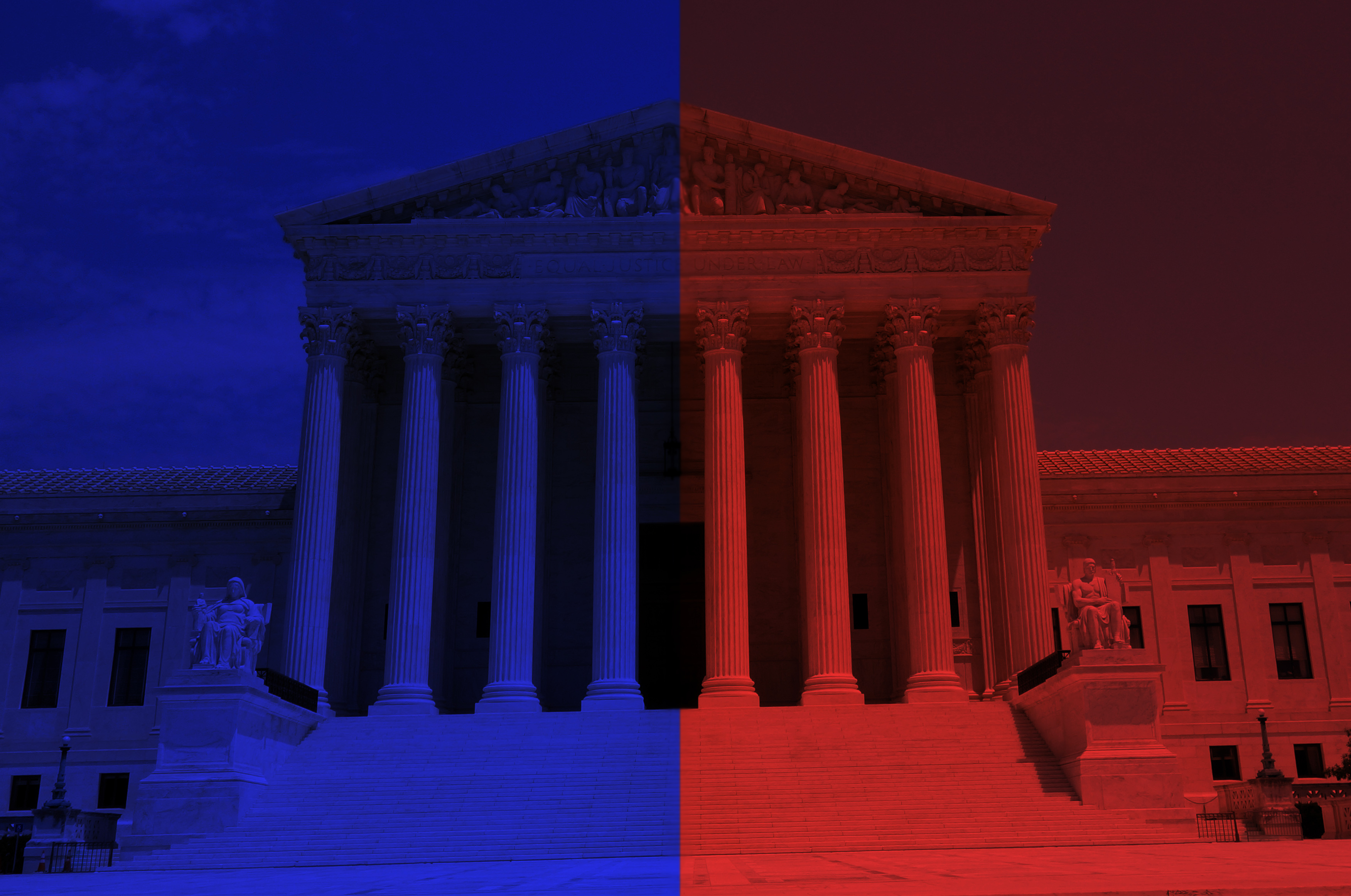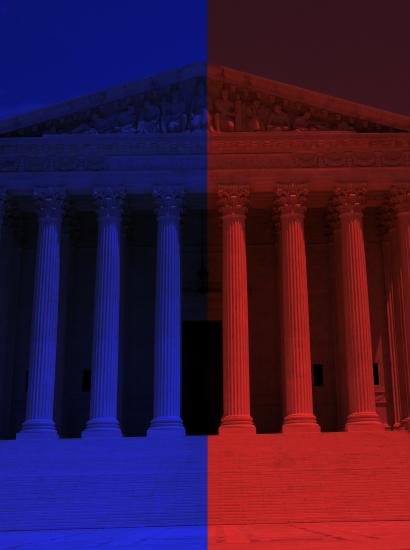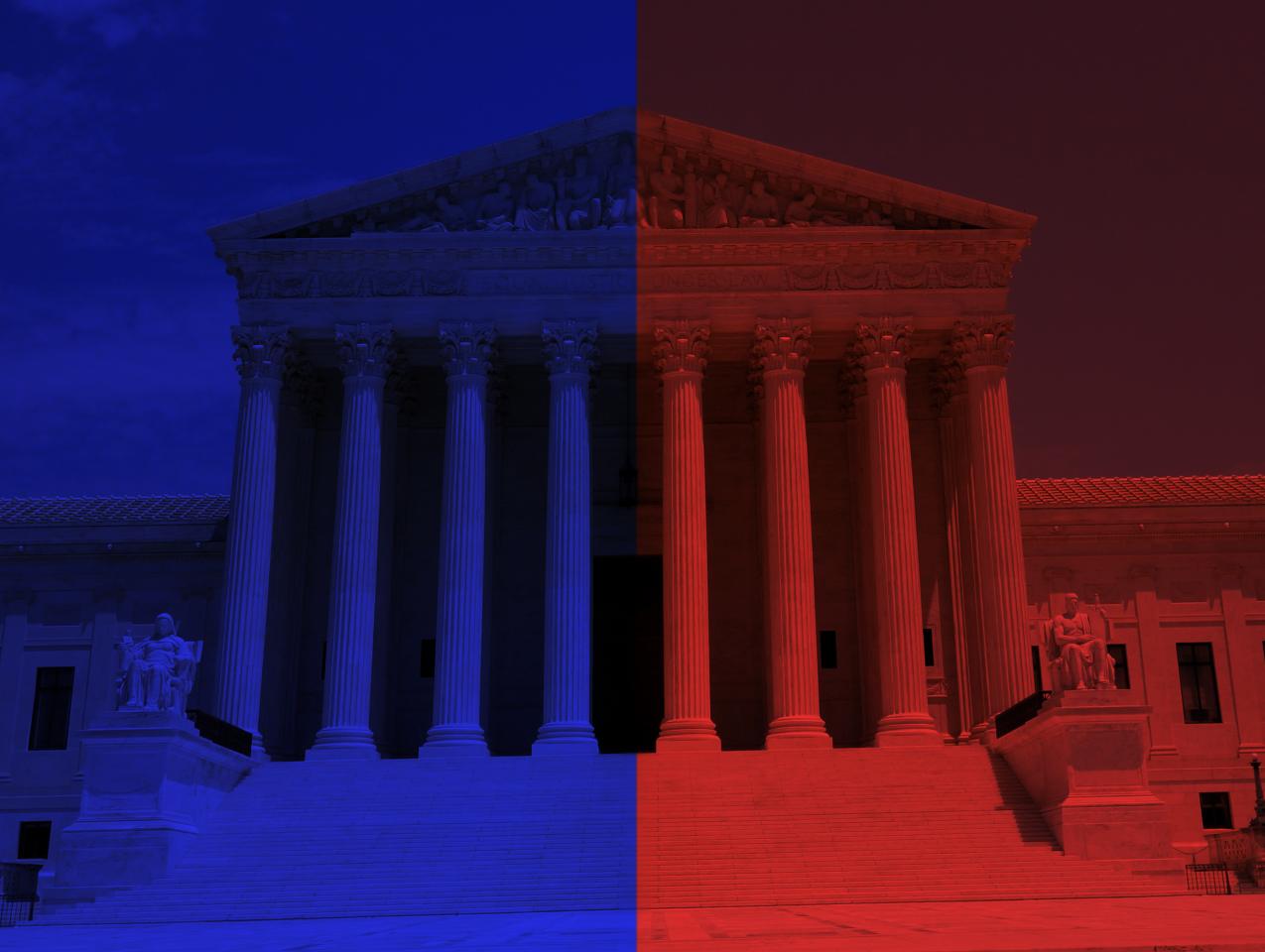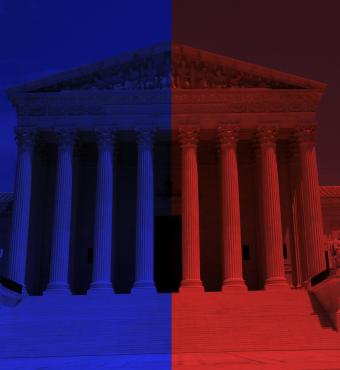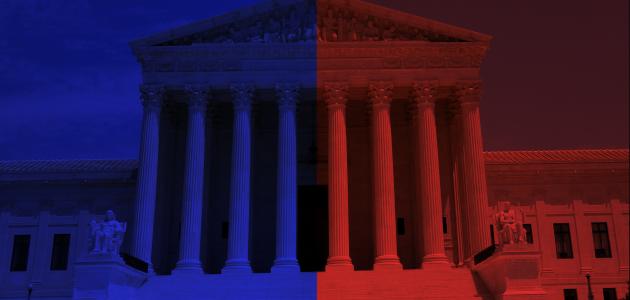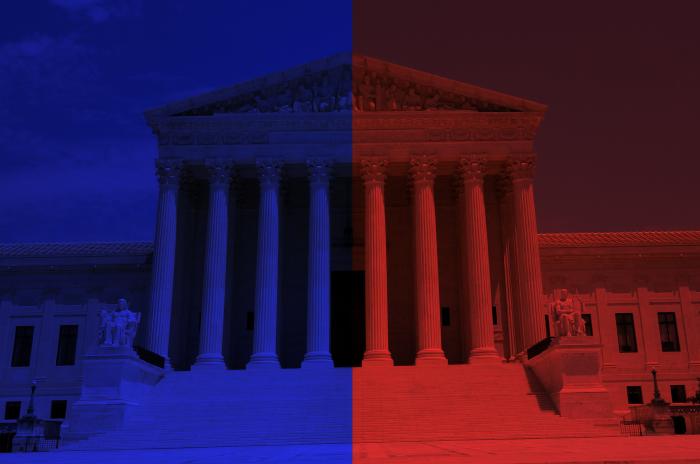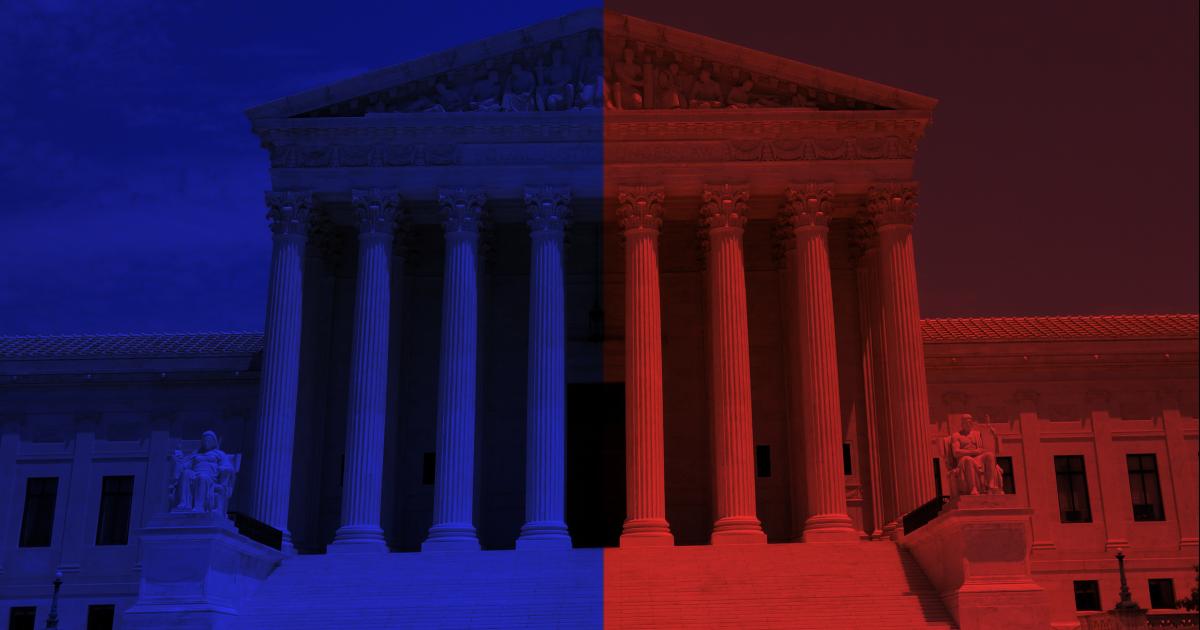The United States is currently experiencing a historically unprecedented period of electoral instability. Describing this period, Fiorina shows how it contrasts with earlier periods in American electoral history and explains how the sorting of the two major political parties into ideologically opposing organizations does not well represent the larger electorate—resulting in the inability of either party to forge lasting majorities.
Takeaways
- The United States currently is experiencing a historically unprecedented period of electoral instability.
- Party donors and activists are motivated relatively more by ideology and policies and less by material incentives like jobs than in earlier periods of American history.
- The Democratic Party and the Republican Party are each more internally homogeneous and their positions are further from each other than is usual in American history.
- When in office, either party attempts to impose policies more extreme than the electorate at large prefers. The resulting reaction produces new majorities.







